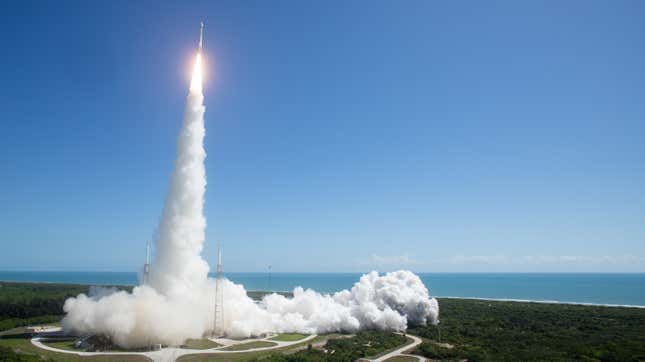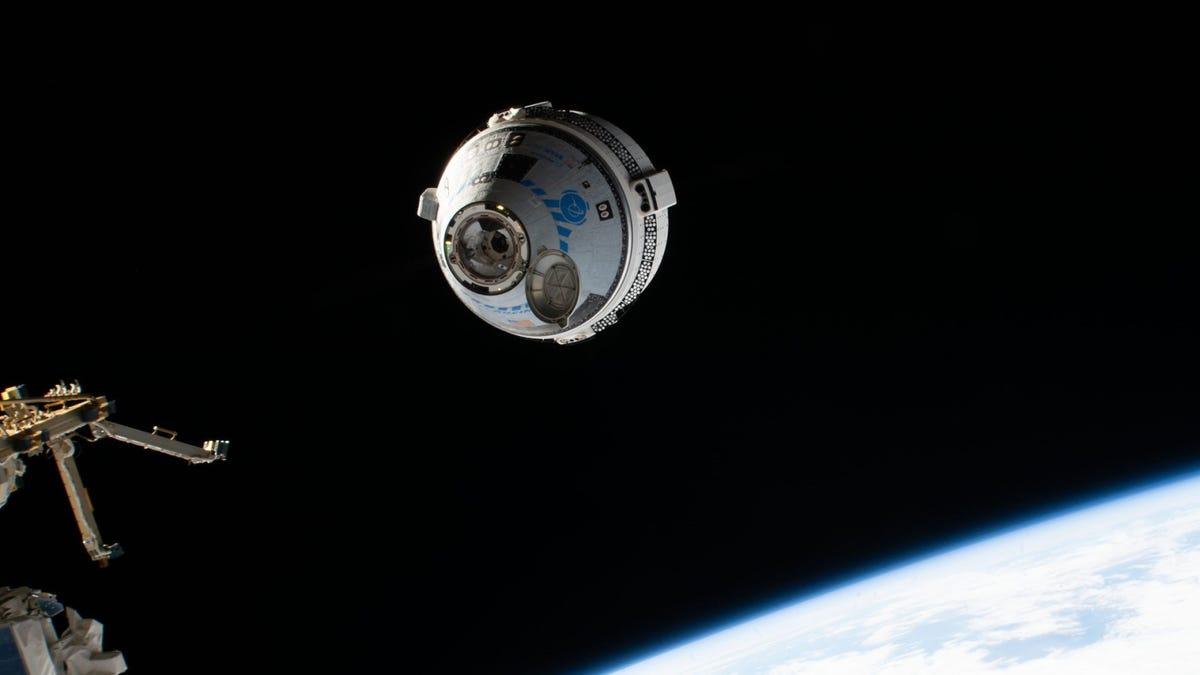Boeing’s Starliner mission has been an utter cock up for the aerospace company. Shortly after the craft launched to the International Space Station with two astronauts onboard, issues were found with the craft that mean Suni Williams and Butch Wilmore will now be stuck in space until 2025. Now, it’s emerged that the harsh realities of reentry mean that Boeing may never truly find out what went wrong with Starliner.
Instead of flying back to Earth with Wilmore and Williams on board, Starliner will leave the two astronauts on the ISS until February 2025 when they will be brought back to terra firma on a SpaceX ship. Starliner will instead return to Earth empty for experts to study the craft to try and uncover what went wrong so that it can be fixed before subsequent Starliner launches.
However, the harsh realities of reentry mean that the very thrusters that failed may not survive the trip back to Earth, reports Ars Technica. This could hit engineers’ ability to reconstruct the issues and get to the bottom of the ship’s problems:
It’s unclear if NASA will officially classify the situation with the Starliner Crew Flight Test as a “mishap” or a “loss of mission.” Such a determination could trigger a more formal independent investigation, which might trigger longer delays in Starliner’s next flight, whatever form it takes.
One thing that could complicate the investigation into the thruster problem is that the control jets are located on the Starliner service module, which jettisons from the crew section of the spacecraft before reentry. The service module will burn up over the Pacific Ocean, so engineers won’t have a chance to get their hands on the suspect hardware.

This doesn’t mean that Boeing hasn’t learned anything from the Starliner fiasco, as it does at least know what sparked the issue with its thrusters initially. Boeing experts have spent weeks firing thrusters back here on Earth, with the tests revealing that the issue all stems from a seal that expanded as it heated up, according to Futurism:
The tests revealed that a small Teflon seal expanded as it became overheated by the thruster’s oxidizer propellant.
“We are clearly operating this thruster at a higher temperature at times than it was designed for,” said NASA’s commercial crew program manager Steve Stich during the agency’s announcement over the weekend. “I think that was a factor, that as we started to look at the data a little bit more carefully, we’re operating the thruster outside of where it should be operated at.”
While it’s great that Boeing knows this, the loss of the thrusters from Starliner means they may struggle to comprehend the full extent of the damage caused to the ship. This means all eyes will be on Boeing to clean up the problem before any subsequent Starliner launches, which could happen as soon as 2026.
Hopefully whoever crews the next Starliner launch fares better than Williams and Wilmore, who will end up spending eight months in space instead of eight days. While there, the pair has also been forced to ration clothes and ended up doing all the crap jobs that nobody else wanted to.


